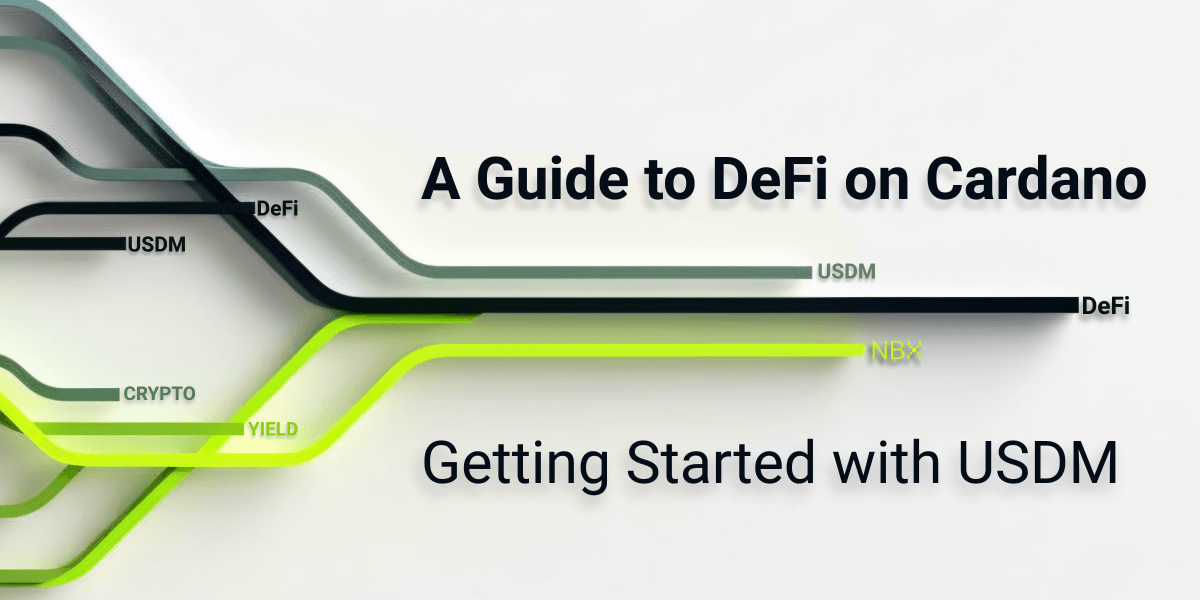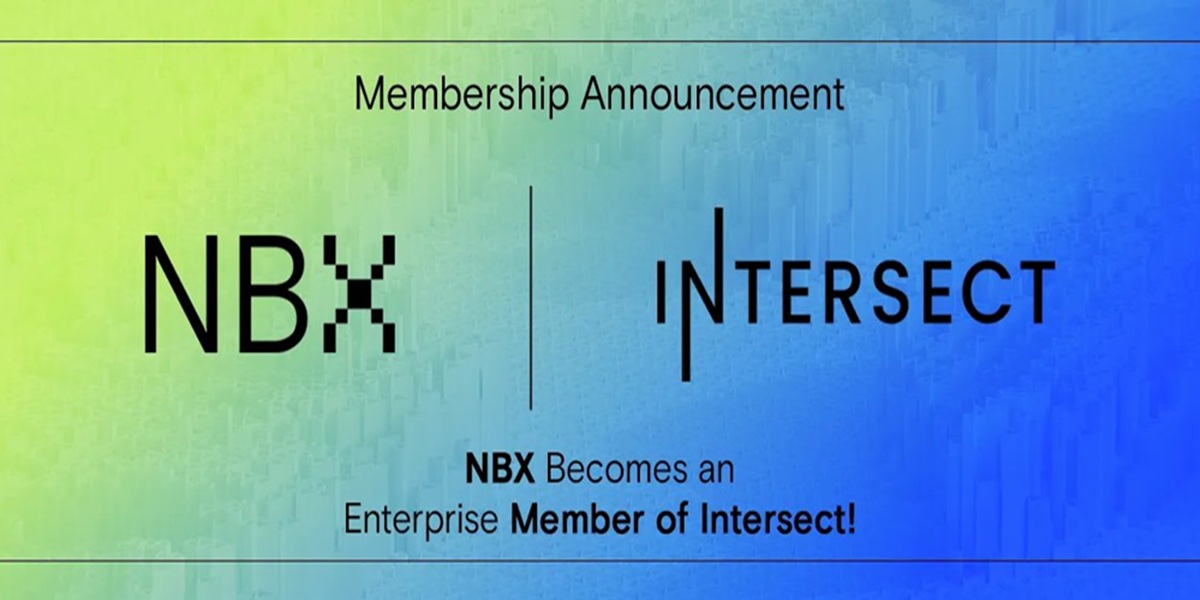Anytime a cryptocurrency network needs to be changed, it undergoes an event called a "fork."
Generally, a fork is a technical change to a blockchain's protocol (the set of rules it runs on). Such a change is meant to improve the blockchain involved in some way, like, for example, increasing its maximum block size. Because some forks split a network permanently and some do not, it's easiest to understand them as being either "hard" or "soft."
A hard fork is a change to a blockchain network's protocol that the majority of a network's users need to accept for it to become valid. Once it goes through, all of the transactions that come from users who haven't accepted the change become invalid. By contrast, all of the transactions that come from users who have accepted the fork continue to be valid.
Hard forks are scheduled once Bitcoin reaches a certain future block (all Bitcoin blocks are numbered) and go through at that block. Basically, they are either accepted or rejected based on miner signalling, which occurs during a preset time period before the fork’s launch. To signal, a miner adds a special piece of data to a certain number of blocks, which you can think of as a yes vote for the fork. If they refuse to do so, they’re voting no.
Signalling is difficult to achieve with a hard fork because for it to really work, all miners have to approve it.
Bitcoin Cash, a cryptocurrency that now exists on its own blockchain, came from a hard fork of the Bitcoin network. Back in 2017, the debate on how to increase Bitcoin’s maximum block size came to a head with two major groups emerging: one which favored simply raising the megabytes allowed in each block and another, which favored adopting a solution that wouldn’t actually increase each block’s maximum megabytes directly.
By August 2017, Bitcoin was hard-forked to implement an increase to 8 maximum megabytes per block, among other features, though instead of it eventually settling back into one blockchain, two persisted. Generally, this is because Bitcoiners refused to adopt the change and those who implemented it refused to stop mining their alternate version of Bitcoin. Eventually, this alternate version of Bitcoin became Bitcoin Cash.
While this is somewhat of an oversimplification of how a hard fork works, it gives you the foundational knowledge to dig deeper into all of their details as you continue your crypto journey.
SegWit, in turn, was what is termed a “soft fork.” Generally, a soft fork has many similarities with a hard fork. Both involve implementing a specific, technical change to a blockchain protocol and have to be scheduled at a certain block. Additionally, both have to be signalled for.
It’s at this point, however, that the differences begin.
First, soft forks are what is called “backwards-compatible.”
This means that once the fork goes through, adopting it isn’t mandatory for everyone. Those that refuse to will still be able to participate on the Bitcoin network, whether they’re miners or just average Bitcoin users.
SegWit, which was the soft fork that influenced the creation of Bitcoin Cash, is perhaps the most popular example. Around the same time that Bitcoin Cash went through, SegWit went through as an alternative solution to Bitcoin’s woes as described above.
Instead of simply increasing the maximum megabytes that each block could hold, SegWit eliminated the requirement for a piece of data in each block called a signature. This created space for more transactions in each block without increasing the maximum megabytes they could hold.
Since every Bitcoin node (miners, wallet providers, and anyone with a full copy of the Bitcoin blockchain) hasn’t adopted SegWit yet, two forms of Bitcoin addresses now exist for sending and receiving transactions, those that support SegWit and those that don’t.
All in all, with this information, you’ll find it easier to understand both how and why new cryptocurrency networks are created. To date, the only fork we support on the NBX platform is Ethereum, which was forked from Bitcoin but unlike most other forks, most of its code is original.


